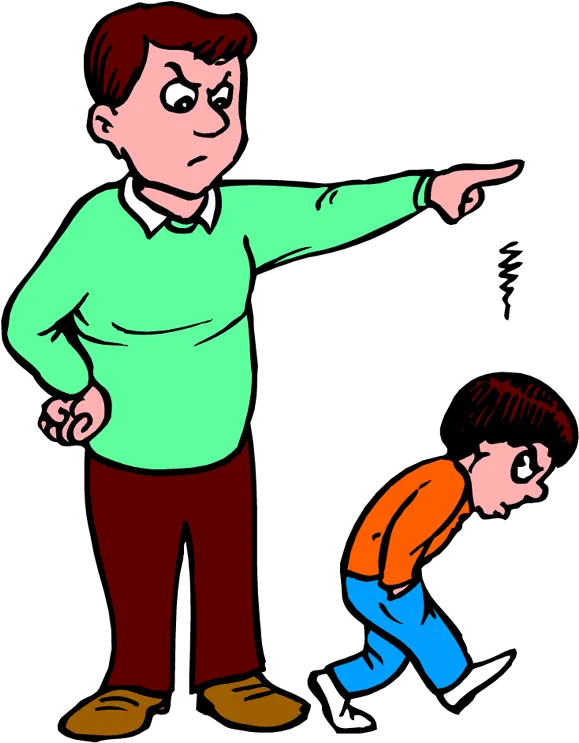Conduct Disorder (CD) is a childhood behavioral disorder characterized by a pattern of repetitive and persistent behaviors that violate societal norms and the rights of others. Despite its prevalence, CD can have serious implications for a child’s social, academic, and emotional development. Let’s explore the complexities of Conduct Disorder, examining its symptoms, underlying causes, and management strategies.
Symptoms of Conduct Disorder:
Common symptoms of Conduct Disorder may include aggressive behavior toward people or animals, destruction of property, deceitfulness or theft, and serious violations of rules or laws. Children with CD may exhibit a disregard for the feelings, rights, and safety of others, and may engage in bullying, fighting, or intimidating behavior. These behaviors often result in conflicts with authority figures, peers, and caregivers.
Causes of Conduct Disorder:
The development of Conduct Disorder is influenced by a combination of genetic, environmental, and psychosocial factors. Genetic predisposition, temperament, and neurobiological differences may contribute to the risk of developing CD. Environmental stressors such as trauma, abuse, neglect, exposure to violence, or dysfunctional family dynamics can also play a significant role in the onset and maintenance of conduct problems.
Impact on Functioning:
Conduct Disorder can significantly impair a child’s functioning across various domains, including academic achievement, social relationships, and emotional well-being. Children with CD are at increased risk of academic underachievement, school dropout, substance abuse, delinquency, and involvement in the criminal justice system. Persistent conduct problems can also strain family relationships and lead to increased stress and conflict within the household.
Diagnosis and Treatment:
Diagnosing Conduct Disorder involves a comprehensive evaluation by a mental health professional, including a review of symptoms, medical history, and behavioral assessments. Treatment for CD typically involves a multimodal approach, including individual therapy, family therapy, and behavioral interventions aimed at teaching children adaptive coping skills, emotion regulation strategies, and prosocial behaviors. In some cases, medication may be prescribed to manage coexisting symptoms such as ADHD or mood disorders.
Coping Strategies for Families:
Families of children with Conduct Disorder can benefit from implementing consistent and structured routines, clear rules and consequences, and positive reinforcement for desirable behaviors. Establishing open communication, setting realistic expectations, and seeking support from mental health professionals and support groups can help families navigate the challenges of CD and foster positive behavioral changes in children.
Conclusion:
Conduct Disorder is a complex behavioral disorder that requires comprehensive assessment and intervention. By understanding its symptoms, recognizing potential triggers, and implementing effective management strategies, families affected by CD can promote positive behavioral changes and improve overall family functioning. With patience, consistency, and support from healthcare professionals and loved ones, children with CD can overcome challenges and thrive in social, academic, and emotional domains.
Source – Cleveland Clinic



